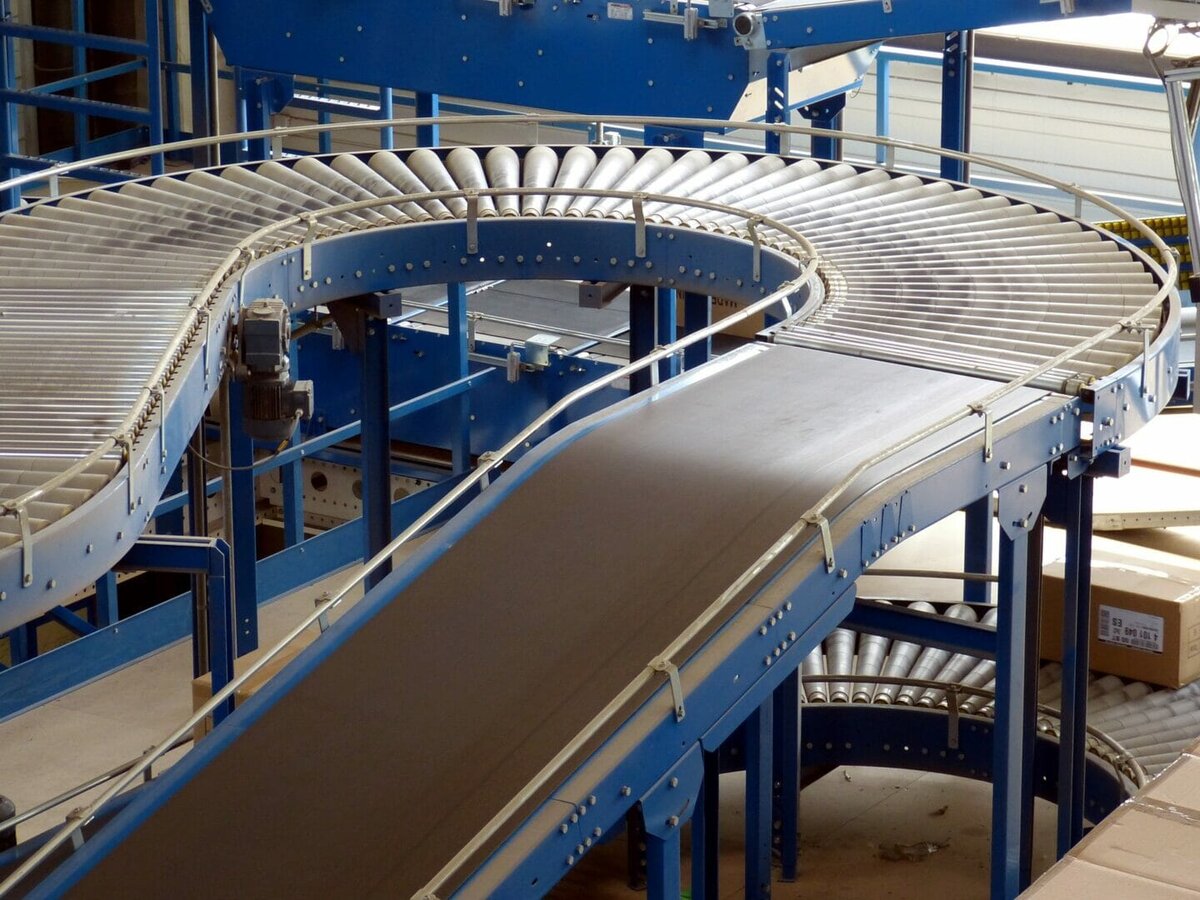~ Limiting downtime in the event of motor failure ~
When a part fails on a production line, it’s a race against the clock to source the problem and fix it before downtime starts eating into you profit. Here, Neil Ballinger, head of EMEA at industrial parts supplier, describes how to deal with conveyor motor failure efficiently.
Let’s entertain a hypothetical, where a conveyor motor fails. Depending on the product, a failure like this can range from a minor fault requiring maintenance to the shutdown of an entire plant.
By far the biggest factors influencing the size of the problem are the application and location of the motor. Conveyor motors often work in series with others , so in many cases it’s possible for the remaining motors to power through and make up for the failing part. This can make the failure almost unnoticeable at a cursory glance, and work may continue interrupted.
There are still consequences, however. Running a length of belt with fewer motors than designed may work for a while, but the remaining motors will experience far more operational stress. When the additional friction of the failed motor is considered, the working life of the remaining motors will be drastically reduced.
Speedy shutdown
Once the failed motor has been identified, it must be replaced. If you’ve been lucky, this is the point where production stops while the change is made. If you’re unlucky, the failure will have crashed the production line, and cleaning up the resulting mess only adds to the downtime.
In either case, speed is key in all aspects — fast acquisition of the replacement part, fast and safe factory shutdowns, fast removal of the broken motor and installation of the new one, and finally, a fast factory restart.
A major sticking point here is the first step, acquisition. If the failed motor was part of a group in series, it’s likely that the adjacent motors will be of the same model. It’s also entirely likely that these motors will have been working in unison for many years, possibly even past the point of obsolescence.
In this situation, sourcing one replacement obsolete motor from original manufacturers can be impossible. Instead, working with a third party obsolete and spare parts distributor like EU Automation means a huge range of replacement motors can be delivered quickly.
Guarding against the future
So, you’ve experienced a conveyor motor failure, identified the problem, ordered a replacement motor, stopped production, installed the motor and restarted the system. That’s the job done, right?
Not quite. You’ve solved the problem, but the underlying causes might still be present. In our hypothetical scenario, it must be asked — why did one motor from series failed before its peers?
It could be that the motor was exposed to more dust, or is positioned closer to a heat source than others.
The is a way for issues like these to be noticed sooner, though. Modern supervisory governing systems, when fully integrated with the equipment, will spot any signs of potential failure well in advance, meaning repairs and maintenance can be planned for. Theoretically, sudden and surprising failures should be a thing of the past.
Want to make sure you’re covered in the event of a part failure? Visit www.euautomation.com/uk to find out more.





